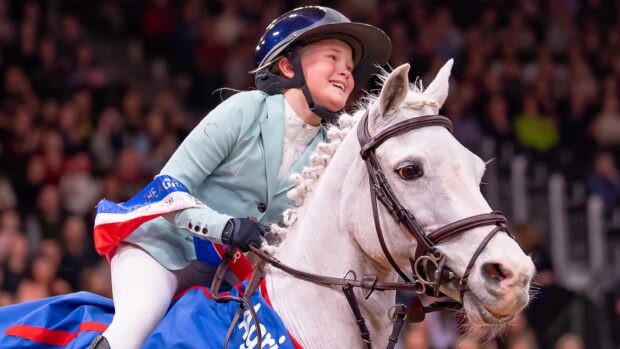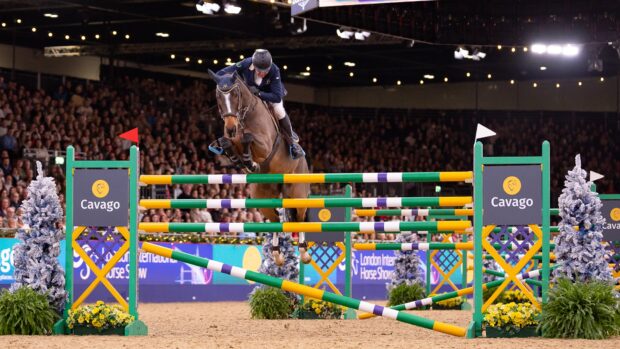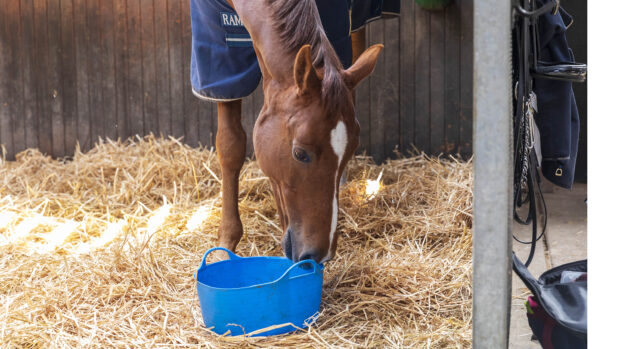Piggy March on how riders can keep eventing moving forward safely
I enjoy this time of year, when we can step away from the hamster wheel of being an event rider. The dark nights prevent riding or teaching late – and I like to know I can put on a stone and it isn’t the end of the world!
In the back of my mind, I’m considering aims for certain horses next year. With the way the calendar has changed, the best plan is sometimes a little uncertain. I’m hoping still to produce horses to compete at Badminton and Burghley, the pinnacle of our sport. But to do that, we need to be able to stay on our A game as riders and educate horses, so they are suitably prepared.
I was lucky in my early days to ride round advanced tracks such as Thirlestane, Belton, Cornbury and Auchinleck – old-fashioned courses with decent timber and a proper ditch or two.
All events have their place as it’s equally important to have events suitable for stepping up a level, but we mustn’t lose the tougher ones that are so vital for educating the horses. We have a problem if the only prep events are jumping the same portables in a different field.
We must have at least four advanced or four-star short courses that offer a suitable upper-end run.
We’re at the heart of eventing in Britain, with many amazing venues and organisers. The value of horses has increased exponentially, so it’s important that we keep investing in the estates that offer old turf, as that is paramount to soundness and longevity of top horses.
Drawing on experience

Wills Oaken and Oughterard Cooley going across country at Burghley in 2022
I was delighted to get a call from Wills Oakden this summer, asking my advice on whether he should enter Burghley. I was only too happy to help and we had a chat about what he’d done with his horse and how it felt. Afterwards, I said he should definitely enter and it was fantastic to see him go so well.
Are there other ways that riders can support the sport? The ground jury supervise all phases at international events and hold a great responsibility for the pictures the public sees. Sometimes, difficult decisions leave riders unclear on why they have been pulled up across country.
Could we draw on the experience of older five-star riders, retired or not, who are not competing there – say, Andrew Nicholson, Tina Cook, Pippa Funnell and William Fox-Pitt? One of them could watch a TV monitor throughout cross-country day and call the shots on whether a horse should be pulled up if it’s too tired, or horse or rider are not ready.
An explanation from a hugely respected rider would be more educational for competitors – and it would take a brave or stupid person to argue back to Andrew!
I don’t mean any disrespect to ground jury members – this idea is just a tweak to keep the sport moving forwards safely.
A sharper horse
That leads onto horse choice. Although breeding has changed, horses that reach five-star still tend to be slower to mature. The horse which moves for a nine and jumps with a flashy back end to win the four-year-old championships is not what you need after 11 minutes running fast up and down hill.
You can’t beat a nicely balanced horse with a quick brain and coordination between mind and legs to look after itself. We also have to give those horses time to strengthen and educate them. Gone are the days when horses hunted for two seasons before eventing, but those old-fashioned, Irish blood types gave you a very safe feel.
Classic Moet and Vanir Kamira wouldn’t be everyone’s cup of tea – and you wouldn’t want a whole yard of them as you’d feel you couldn’t ride on the flat at all! But those gritty, old-time, five-star horses have a brain, athleticism and bravery.
Riders must be realistic about their own ability, but I’d like to see younger pilots learning to appreciate a sharper thinking cross-country horse, rather than cutting corners on something that’s easier on the flat. The likes of Banzai Du Loir, who ticks every box, can make us envious, but we have to remember we event to fly round the cross-country, be safe and enjoy it – and we are responsible for the future of the sport.
● How do you think riders could support safety in eventing? Write to hhletters@futurenet.com including your full name, nearest town and county for the chance to have your thoughts published in a future issue of Horse & Hound magazine
- This exclusive column will also be available to read in Horse & Hound magazine, on sale Thursday 24 November 2022
You may also be interested in…

Piggy March: French travel woes, and the judging of eventing dressage

Piggy March: ‘You never know what’s around the corner – so I treasure the good days’

Piggy March: ‘Horses for courses’ – why Gatcombe is an ‘acquired taste’ for riders

Subscribe to Horse & Hound magazine today – and enjoy unlimited website access all year round
Horse & Hound magazine, out every Thursday, is packed with all the latest news and reports, as well as interviews, specials, nostalgia, vet and training advice. Find how you can enjoy the magazine delivered to your door every week, plus options to upgrade your subscription to access our online service that brings you breaking news and reports as well as other benefits.




